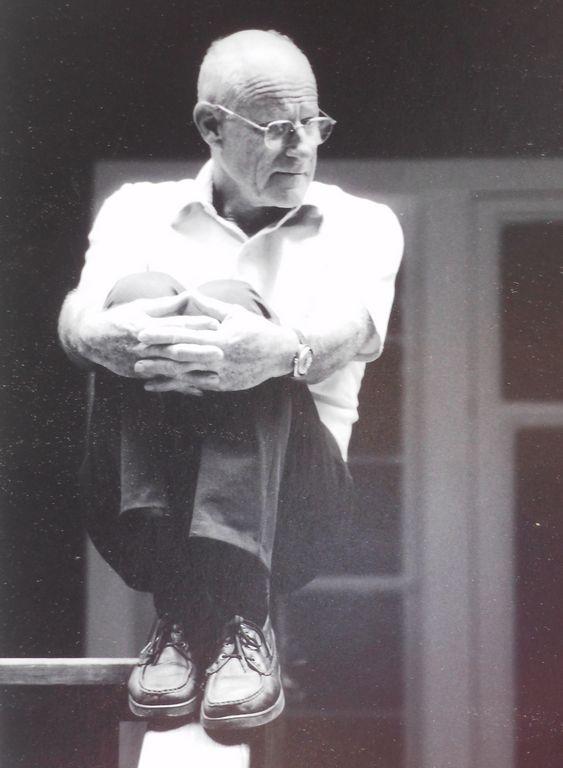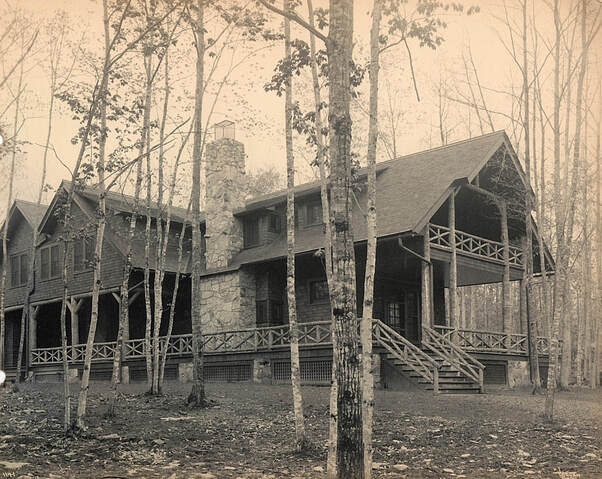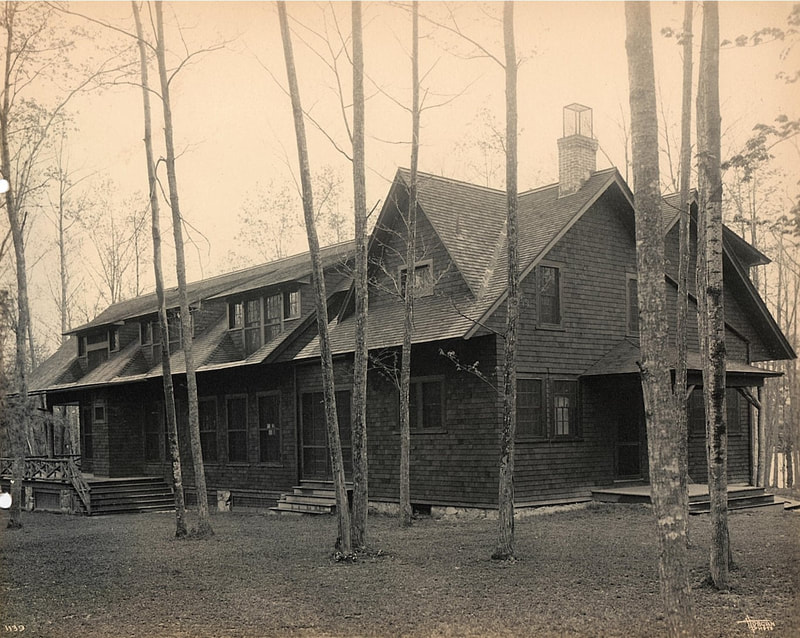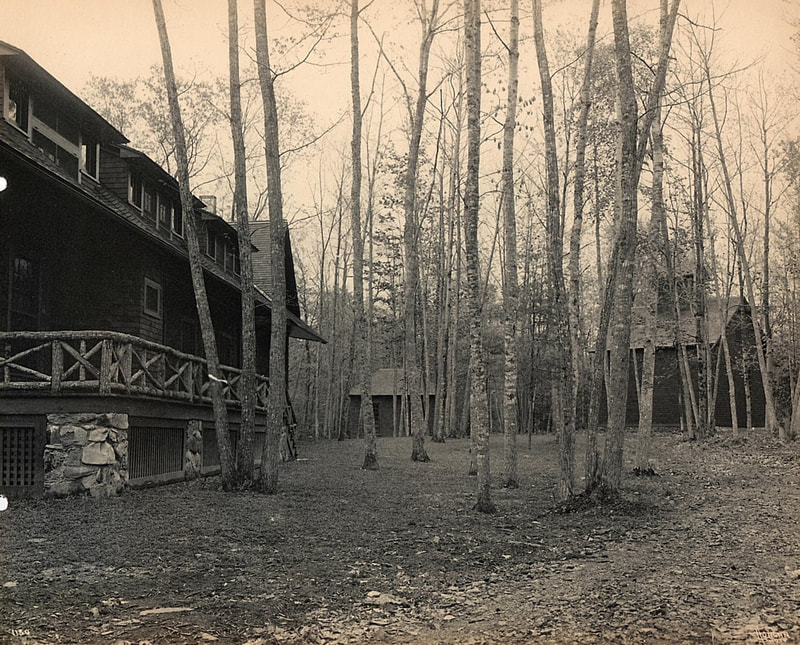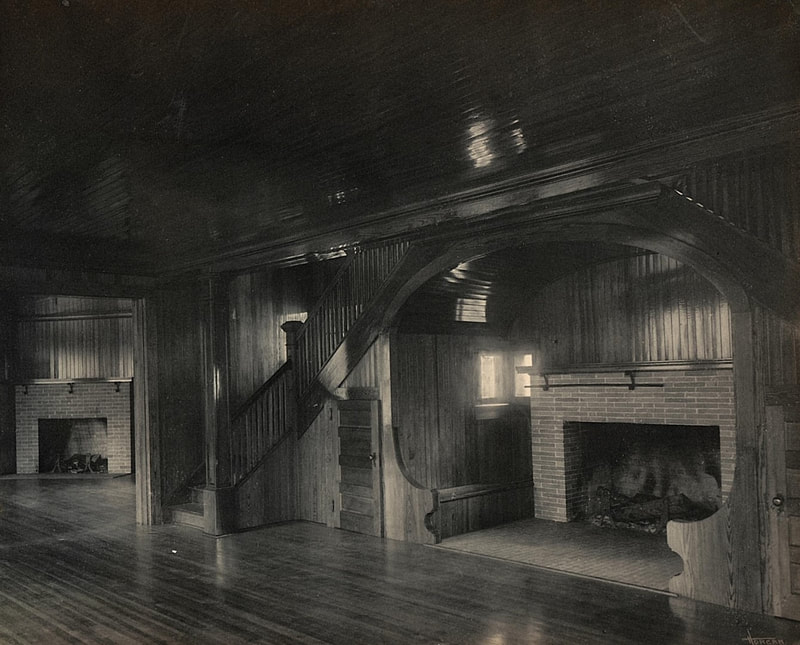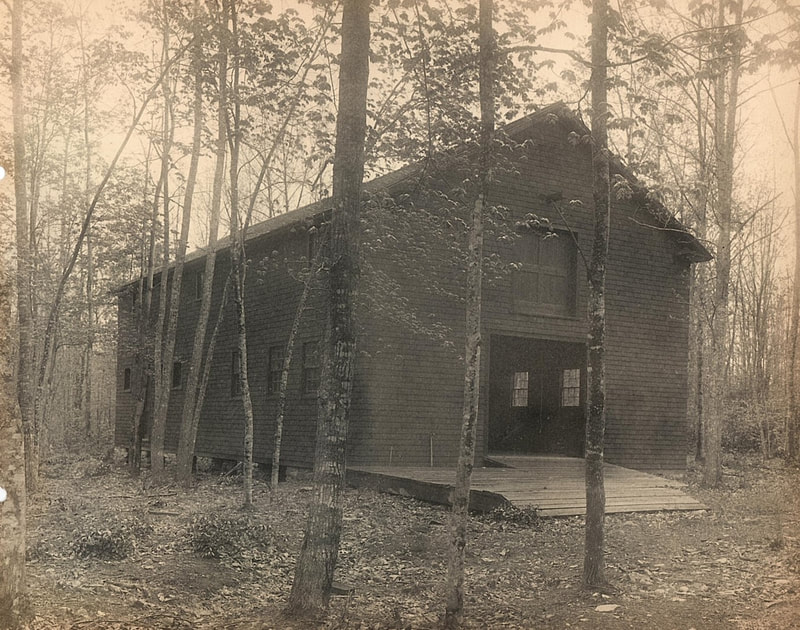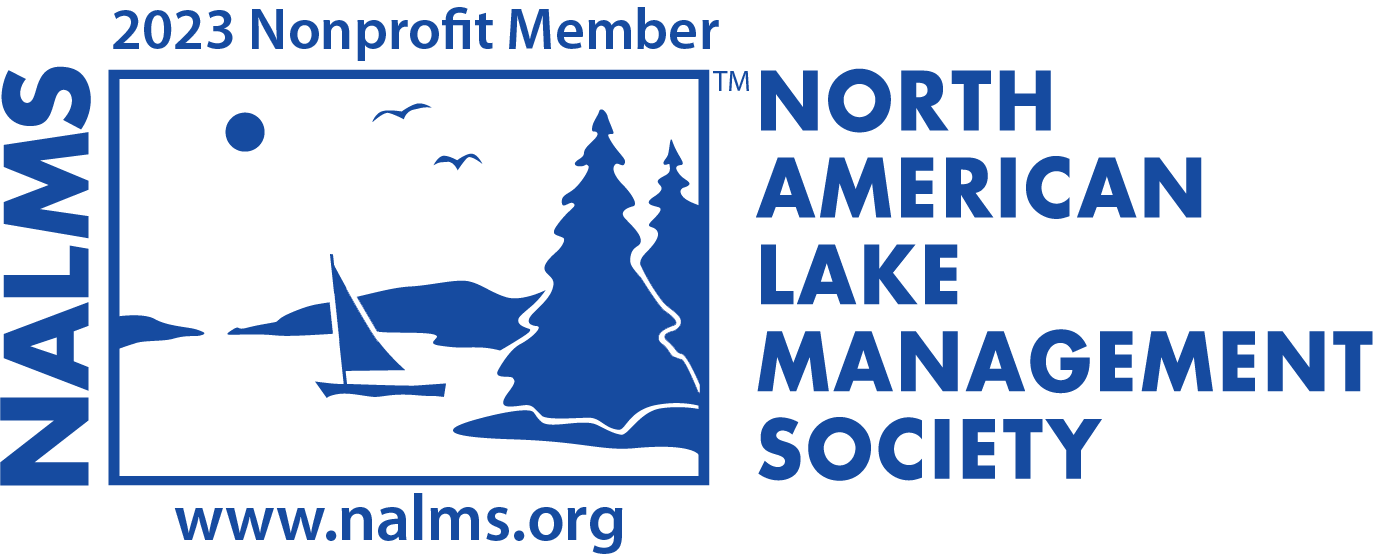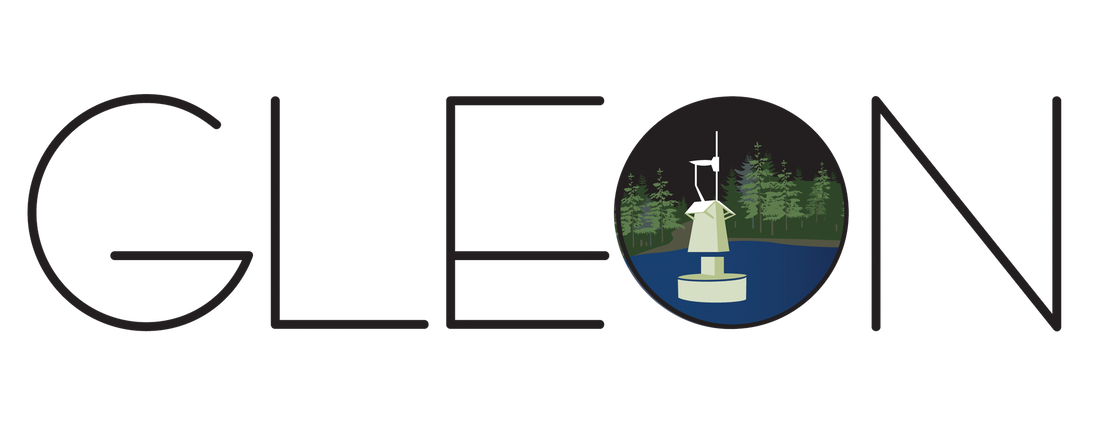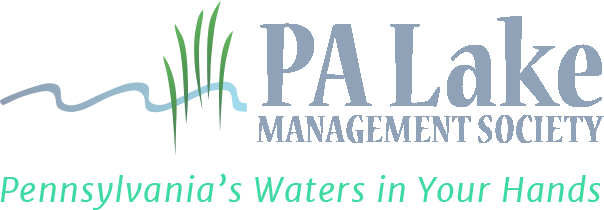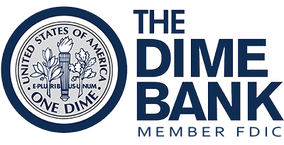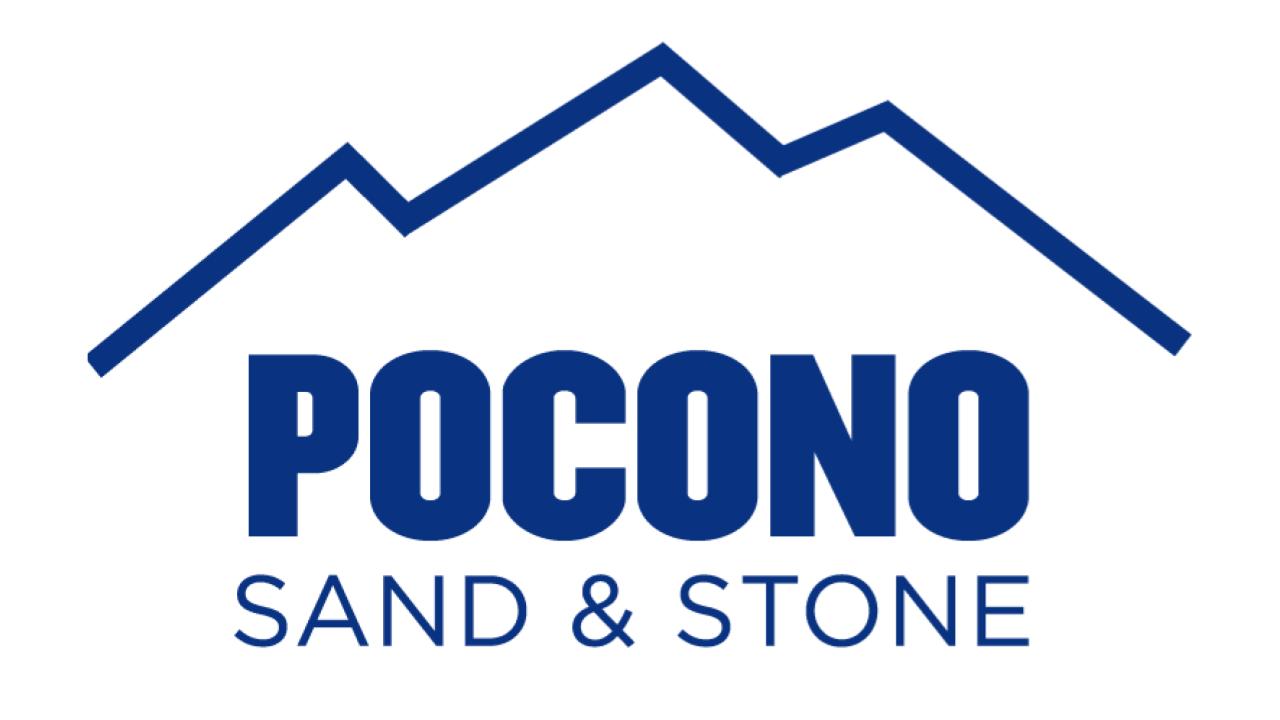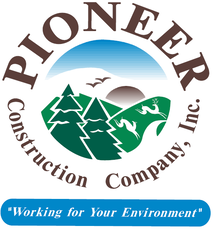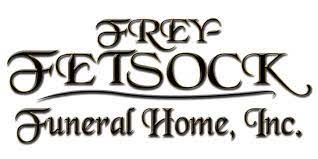|
Lacawac Sanctuary has a long history that reaches back to colonial times and touches on the forestry and coal industries of the early 19th century. The Sanctuary’s history begins with the acquisition in 1849 of a large tract of the Wallenpaupack Manor in Wayne County by Burton G. Morss, a sawmill and tannery owner in Ledgedale. The forestry and leather industry sustained a sizable population in Ledgedale, though in 1895 the tannery burned and Morss closed his business. William Connell, a self-made business man who worked in the coal fields early in his life, bought the property for a summer estate called Connell Park. He served in the U.S. House of Representatives, and later died in 1909.
Colonel Louis A. Watres, a lawyer and businessman in Scranton, is another important figure in the history of the Sanctuary. Another self-made man, Watres was active in politics, rising to become Lieutenant Governor of Pennsylvania. He also organized trolley lines in the Lackawanna Valley, created the County Savings Bank and the Lackawanna Trust Company. Watres also owned and operated two newspapers, and was a Colonel in the National Guard during the Spanish-American War. He became involved with Lacawac through the development of the Wallenpaupack power project. In order to initiate construction, 15,000 acres of land were acquired along the river by 1913 in order to create the dam, including the Connell property, which cost Watres $15,000. Still, it was not until 1924 that construction began and two more years before it was operational and generating power. In 1948, L. Arthur Watres, grandson of Colonel Watres, and his mother Mrs. Reyburn Watres moved to Lacawac. They immediately set about restoring the now-degraded estate. Through connections to prominent conservationists and academics, Arthur Watres helped identify Lacawac as the southernmost, unpolluted glacial lake in the United States, an invaluable resource to both conservationists and research scientists. Recognizing that it deserved long-term protection, in 1966, with the donation of 341 acres and several historic buildings, the Watres’ formed the Lacawac Sanctuary Foundation to administer and steward the wonderful resource that is the Sanctuary. And subsequently, in 1968 it was designated as a National Natural Landmark. It was not until 1988 that major university research projects began at Lacawac, the first of which was Lehigh University’s Pocono Comparative Lakes Program. Currently, the Sanctuary operates numerous environmental education programs, manages a suite of university-level research programs, and continuously works to preserve the high quality of the lake and its surrounding landscape. Since 1966, the Sanctuary grew to 500 acres, including a mature second growth forest, Lake Lacawac, two ponds, several wetlands and over a mile of shoreline along Lake Wallenpaupack. In 2005, acquired 10 additional acres, called “Partner Ridge” to expand the boundary of the Sanctuary and further safeguard its resources. |
William Connell of Scranton
Col. Louis A. Watres of Scranton
Arthur Watres, Lacawac's Founder
|
The History of Lacawac
Four Part Video Series
Narrated by Chad Reed Watres, our founder's son and produced by Troy Bystrom of Wallenpaupack Life
Historic Great Camp
Connell Park
|
Lacawac is an historic, American estate that is located in Paupack Township and Salem Township, Wayne County, Pennsylvania. It was listed on the National Register of Historic Places in 1979.
The Lodge at Lacawac, built in 1903, preceded by 30 years the beginning of the second-home industry in the Wallenpaupack Basin. The only residence in the original complex of eight buildings on the estate, it was designed and furnished in the style of the turn-of-the-century lodges built by wealthy families in the Adirondacks, with gas lighting, refrigeration, hot and cold running water, indoor plumbing and central heating. It set a standard for style and comfort then unheard of in this rural area. Now restored to its original charm, the Lodge and its associated buildings are listed on the National Register of Historic Places. |
Notable Moments in Lacawac's History
1960s The lodge was know as the Big House
1967 Dr. Maurice Broun, Lacawac Board Member and Curator of Hawk Mountain Sanctuary, led interpretive tours.
1968 Lake Lacawac is designated as a National Natural Landmark.
1971 First Curator, Dr. Emery Swan, lived in Ice House until the Curator’s house was completed in October.
1974 Nature Conservancy affiliation began.
1976 Lacawac Alliance formed to provide support to the Sanctuary.
1977 Community Programs began.
1978 Environmental Education classes for children began.
1979 Cultural programs – music, art, photography began.
1980 Philadelphia Academy of Natural Sciences offered a week-long environmental education course.
First Wayne County Conservation Camp
1982 Lacawac hosted a two- day Lake Conference
1985 Friends of Lacawac replaced the Lacawac Alliance
1987 Maurice Broun Self-Guided Nature Trail opens.
Birds and Breakfast began.
Birds of Prey Program Started
1988 First Elderhostel
1993 Two Exclosures are built and placed in Lake Lacawac to keep deer from aquatic plants.
1994 Two forest deer Exclosures fenced.
1995 First Lacawac Auction Fundraiser
Deegan Chimes installed by the Carriage House
Isabel and Arthur donated the Stone Entrance Gate
Pocono Comparative Lakes Program began.
1999 Co-Founder Isabel Watres died at the age of 103.
2001 Native Plant Garden is started.
2003 100th Anniversary of the Lodge Complex
Preservation committee formed.
Composting toilet built.
2004 A feasibility study was approved by the board.
Hired an environmental educator – a 2nd full time employee.
2006 Dedicated the new Lake Lacawac Trail.
Visitors’ Center named in honor of George and Lydia Coulter
2012 Partnership with Miami University in Ohio to hire a full time Director of Science
2014 Construction of new scientific laboratory funded by the National Science Foundation
2014 New fundraising events added – Lake to Lake 8K Trail Run and Woods/Dog Walk and Farm to Plate Dinner
2015 Growing of Lacawac’s relationships with colleges and universities through the foundation of the Lacawac Consortium – Founding members Miami University of Ohio, Drexel University and The Academy of Natural Sciences.
Funding Dr. Susan S. Kilham Endowment Fund and the Kilham Environmental Laboratory
2016 Development of K-12 Education programs both field trips and in-school program – hiring of education staff
Formation of PLEON – Pocono Lakes Ecological Observatory Network
Development of Lacawac Summer Day Camps and the bringing back of Conservation Leadership Academy
2018 Acquisition of Arthur Watres’ home through funding from the Pennsylvania Department of Conservation and Natural Resources to become Lacawac’s new environmental education center.
2019 Capital funding received from DCNR and the Chatlos and Roegner Charitable Trust to fund the renovation of the Watres home and the construction of a new addition.
Launching of the PLEON Lake Wallenpaupack Citizen Science Monitoring Program
2020 Lacawac thrived during the Covid -19 pandemic seeing an influx of visitors utilizing the property for outdoor hiking and recreation.
Renovations made to the Carriage House interior
2022 Funding from the William E. Chatlos Foundation to support Lacawac’s ongoing maintenance projects (2 years).
Naming of the Education Center – The William E. Chatlos Environmental Education Center
New public restroom added at Visitor Center.
Carriage House is re-roofed.
Lodge porches repaired and re-constructed.
Renovations to the Education Center's Watres Wing begin.
Lacawac is donated 87 acres in Pike County to become the Mark and Courtney Peterson Nature Preserve
2023 Construction of the new education center wing begins.
Lacawac acquires the former NEPA Audubon Society's sanctuaries - Browning Beaver Meadow and Price Simpson
2024 Opening of the William E. Chatlos Environmental Education Center.
Renovations to the Historic Watres Lodge (new bathroom and new metal roof)
Coachman's House converted to two public restrooms.
1967 Dr. Maurice Broun, Lacawac Board Member and Curator of Hawk Mountain Sanctuary, led interpretive tours.
1968 Lake Lacawac is designated as a National Natural Landmark.
1971 First Curator, Dr. Emery Swan, lived in Ice House until the Curator’s house was completed in October.
1974 Nature Conservancy affiliation began.
1976 Lacawac Alliance formed to provide support to the Sanctuary.
1977 Community Programs began.
1978 Environmental Education classes for children began.
1979 Cultural programs – music, art, photography began.
1980 Philadelphia Academy of Natural Sciences offered a week-long environmental education course.
First Wayne County Conservation Camp
1982 Lacawac hosted a two- day Lake Conference
1985 Friends of Lacawac replaced the Lacawac Alliance
1987 Maurice Broun Self-Guided Nature Trail opens.
Birds and Breakfast began.
Birds of Prey Program Started
1988 First Elderhostel
1993 Two Exclosures are built and placed in Lake Lacawac to keep deer from aquatic plants.
1994 Two forest deer Exclosures fenced.
1995 First Lacawac Auction Fundraiser
Deegan Chimes installed by the Carriage House
Isabel and Arthur donated the Stone Entrance Gate
Pocono Comparative Lakes Program began.
1999 Co-Founder Isabel Watres died at the age of 103.
2001 Native Plant Garden is started.
2003 100th Anniversary of the Lodge Complex
Preservation committee formed.
Composting toilet built.
2004 A feasibility study was approved by the board.
Hired an environmental educator – a 2nd full time employee.
2006 Dedicated the new Lake Lacawac Trail.
Visitors’ Center named in honor of George and Lydia Coulter
2012 Partnership with Miami University in Ohio to hire a full time Director of Science
2014 Construction of new scientific laboratory funded by the National Science Foundation
2014 New fundraising events added – Lake to Lake 8K Trail Run and Woods/Dog Walk and Farm to Plate Dinner
2015 Growing of Lacawac’s relationships with colleges and universities through the foundation of the Lacawac Consortium – Founding members Miami University of Ohio, Drexel University and The Academy of Natural Sciences.
Funding Dr. Susan S. Kilham Endowment Fund and the Kilham Environmental Laboratory
2016 Development of K-12 Education programs both field trips and in-school program – hiring of education staff
Formation of PLEON – Pocono Lakes Ecological Observatory Network
Development of Lacawac Summer Day Camps and the bringing back of Conservation Leadership Academy
2018 Acquisition of Arthur Watres’ home through funding from the Pennsylvania Department of Conservation and Natural Resources to become Lacawac’s new environmental education center.
2019 Capital funding received from DCNR and the Chatlos and Roegner Charitable Trust to fund the renovation of the Watres home and the construction of a new addition.
Launching of the PLEON Lake Wallenpaupack Citizen Science Monitoring Program
2020 Lacawac thrived during the Covid -19 pandemic seeing an influx of visitors utilizing the property for outdoor hiking and recreation.
Renovations made to the Carriage House interior
2022 Funding from the William E. Chatlos Foundation to support Lacawac’s ongoing maintenance projects (2 years).
Naming of the Education Center – The William E. Chatlos Environmental Education Center
New public restroom added at Visitor Center.
Carriage House is re-roofed.
Lodge porches repaired and re-constructed.
Renovations to the Education Center's Watres Wing begin.
Lacawac is donated 87 acres in Pike County to become the Mark and Courtney Peterson Nature Preserve
2023 Construction of the new education center wing begins.
Lacawac acquires the former NEPA Audubon Society's sanctuaries - Browning Beaver Meadow and Price Simpson
2024 Opening of the William E. Chatlos Environmental Education Center.
Renovations to the Historic Watres Lodge (new bathroom and new metal roof)
Coachman's House converted to two public restrooms.





